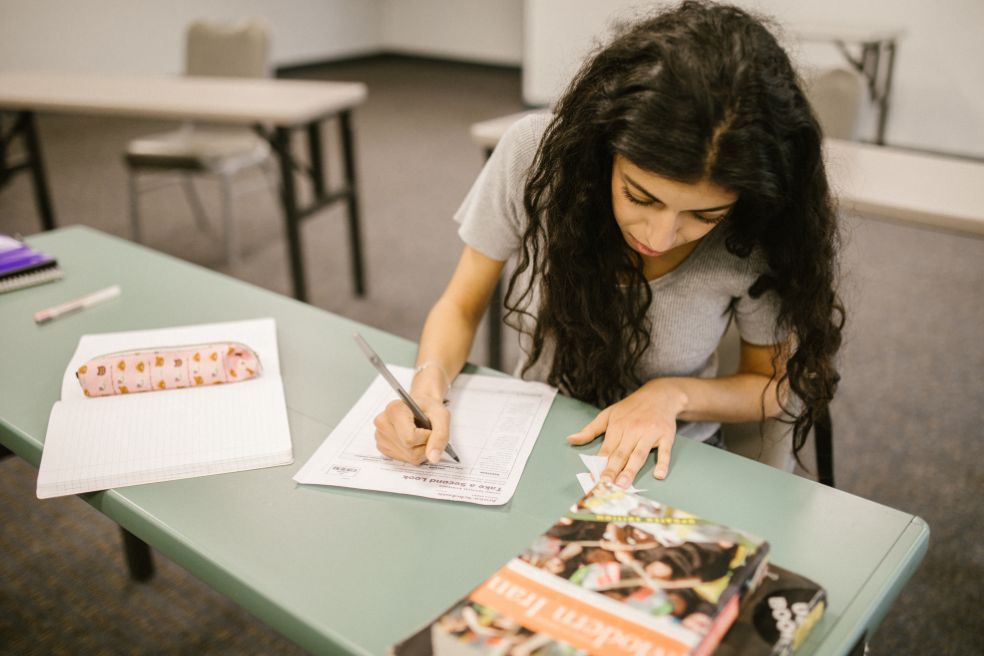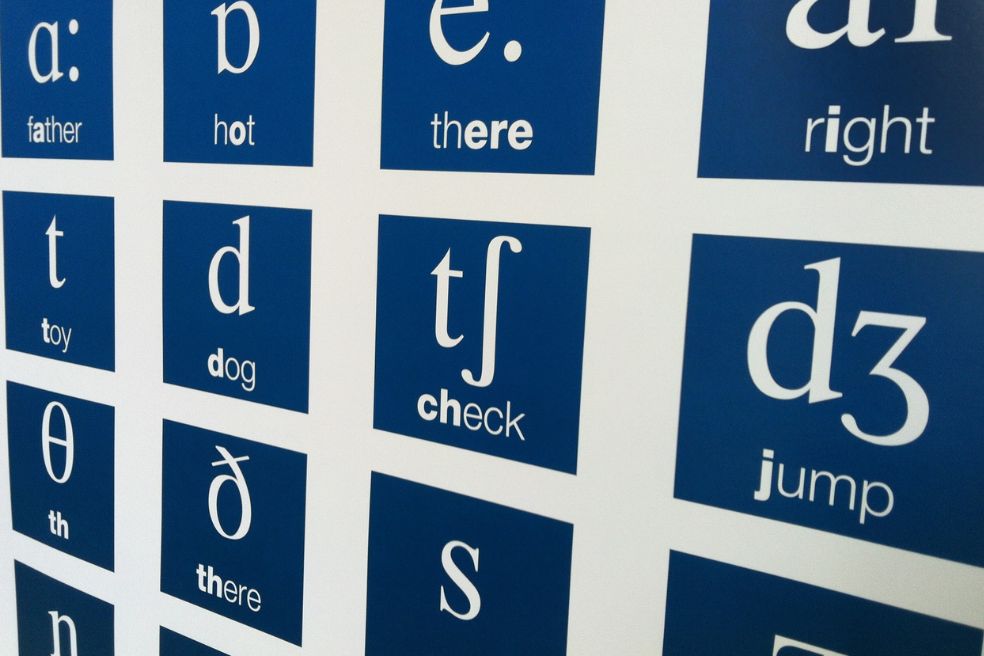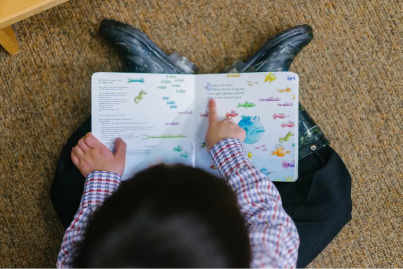Building Reading Fluency at Home
Remember that heart-warming moment when your child first recognized their name in print? The excitement in their eyes was undeniable! Now, as they’re sounding out c-a-t and d-o-g, you might…
Your family plays a big role in helping your child learn to read and write. With the right phonics activities at home, you can support your child’s literacy development and academic success. The more you understand how and why phonics instruction works, the better you can facilitate effective and meaningful learning experiences with your family.
To help your child practice phonics at home, read our insights for parents below! You can also browse our phonics program reviews for more.

In language development, basic concepts are words that set the foundation for children’s learning....

If you’re a teacher or parent of young readers, you’ve likely faced the overwhelming...

Reading assessments are essential tools for identifying and addressing reading challenges in children. One...

Have you ever wondered why the English language can be so complex? While there...

During phonics instruction, children learn to sound out or “decode” words. With enough practice,...

Reading is an advanced skill and a relatively new phenomenon among humans. While literacy...

Teaching phonics to kids is no easy feat. Reading and writing are complex skills...

Phonics is a must-have foundation for reading instruction—especially for children just learning to read....

Ahhh, phonics instruction. It’s such a special experience in a child’s education! Helping kids...

Sometimes, it seems like no matter how much you practice with your child or...
Remember that heart-warming moment when your child first recognized their name in print? The excitement in their eyes was undeniable! Now, as they’re sounding out c-a-t and d-o-g, you might…
Ever watched your child perfectly sound out every word in a story, only to have them stare blankly when you ask what the story was about? You’re not alone. This…
Learning to read is one of the most significant milestones in a child’s early development. Behind every confident reader is a foundation of strong phonics skills—the ability to connect letters…
Ever watched a young reader encounter a long, unfamiliar word? They might stare at it, attempt to sound it out letter by letter, or simply skip it entirely. What if…
Ever watched a child’s face light up when they finally understand a story that previously seemed like an impossible code to crack? That’s the magic text-to-speech technology can bring to…
Ever watched a child laboriously sound out each letter as they attempt to spell a word on paper? That concentrated look—tongue slightly protruding, pencil gripped tightly—represents an incredible cognitive feat.…
If you’re a parent of a child struggling with reading skills, you’ve likely found yourself standing at a crossroads. In one direction lies the familiar path of traditional phonics instruction—print…
David Shannon’s vibrant picture book “A Bad Case of Stripes,” tells the whimsical story of Camilla Cream, a young girl who cares too much about what others think. Her anxiety…
Teaching sound segmentation doesn’t require expensive materials or formal training—just enthusiasm and consistency! The key is to make these activities part of your daily routine and to keep them playful…
Does learning to read in one language help children learn to read in another? The answer is yes! Research shows that many reading skills can transfer between languages, a process…